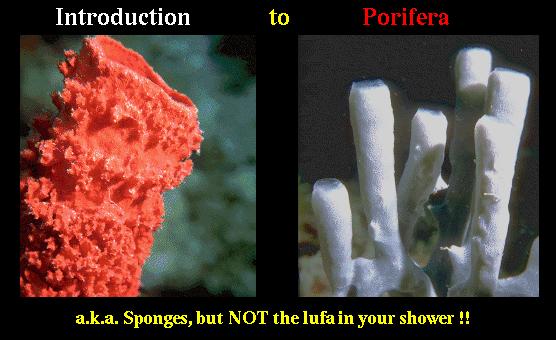
| MadSci Network: Zoology |
There is not a large amount of research on sponges, so there is much we do not yet know about them.

According to this website:
http://www.oit.itd.umich.edu/bio108/Porifera.html
A few species of fish, seaslugs and hawks bill turtles eat sponges, according to this website:
http:// www.marinelab.sarasota.fl.us/SPONGE.HTM
A sponge has three different ways of getting nutrition:
1) collar cells feed on bacteria brought in by the water flow,
2) covering cells surrounding the ostia feed by ingesting larger particles that get stuck to the sponge surface after being brought in by the water currents, and
3) most sponges can absorb some dissolved organic material.
Many sponges, however, harbor symbionts such as green algae, dinoflagellates, or cyanobacteria, from which they also derive nutrients.
You can go to this site to the last paragraph to read about the helpful relationship that sponges have with algae and bacteria, where they provide each other with food. This is called a symbiotic relationship.
Try the links in the MadSci Library for more information on Zoology.